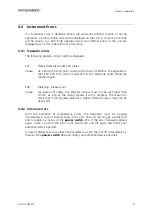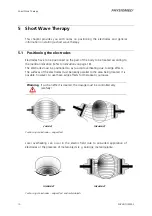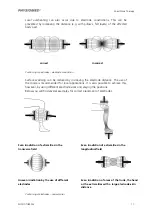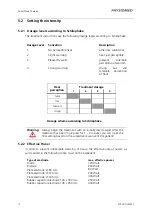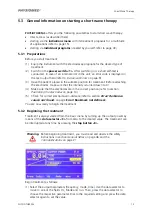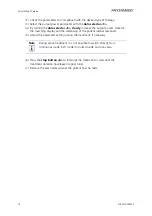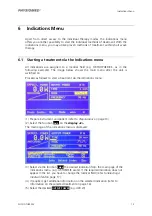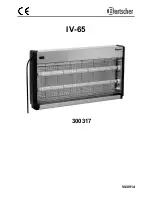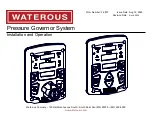
Introduction
PHYSIOTHERM-S
1
1
Introduction
With your
PHYSIOTHERM-S
, you have acquired a high-quality and extremely versatile
unit for short wave therapy.
The instrument will only show its true potential, however, if you are well informed
about its functions. For this reason, carefully read the
Operating Instructions
and
familiarise yourself with the use of the instrument.
Warning
Safe operation of the short-wave therapy unit requires knowledge
of both medicine and electricity.
For this reason, the short-wave therapy unit may be used only by
persons with the appropriate knowledge and practical experience
necessary to ensure proper handling of the unit and who have been
properly trained in the use of the unit based on these operating
instructions!
1.1
Instrument Description
The
PHYSIOTHERM-S
short-wave therapy unit can produce dielectric warming by
means of electric or electromagnetic fields of varying intensity in practically any
region of the body and can therefore be used for a wide variety of applications.
Treatments can be carried out using either the capacitor (dielectric field) or the coil
(induction field) method.
In the dielectric field method, the body part to be treated is within the electric field
between two plate electrodes. The “radiation” produces a warming of the body
part located within the field. Fat layers are warmed considerably more than muscle
tissue. When applying the induction field method, the body part is within a
magnetic field, which warms especially tissue containing liquid located near the
surface, such as muscles.
1.2
Application
The short-wave therapy unit is suitable for nearly all heat therapy processes for use
in clinics and private practices.
Classical therapy applications can be conducted with the induction-field and
dielectric-field methods in continuous or pulsed mode.
The application of high-frequency energy in heat therapy has the advantage of
greater depth penetration as opposed to simpler methods, such as packs, baths,
infrared light and heat cushions.
The endogenous heat that is formed triggers a series of physiological processes,
producing a spasmolytic effect on muscles, tendons and other structures containing
connective tissue, increasing the cell metabolism and the enzyme reaction speed
and stimulating perfusion in the treated zone.

















